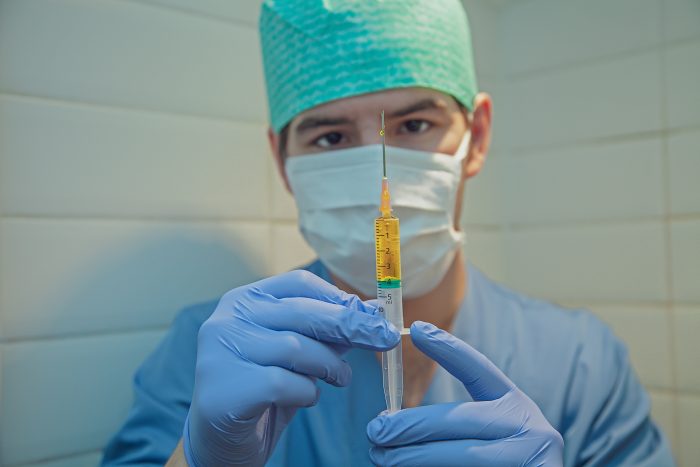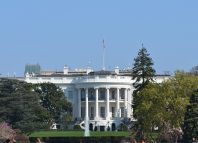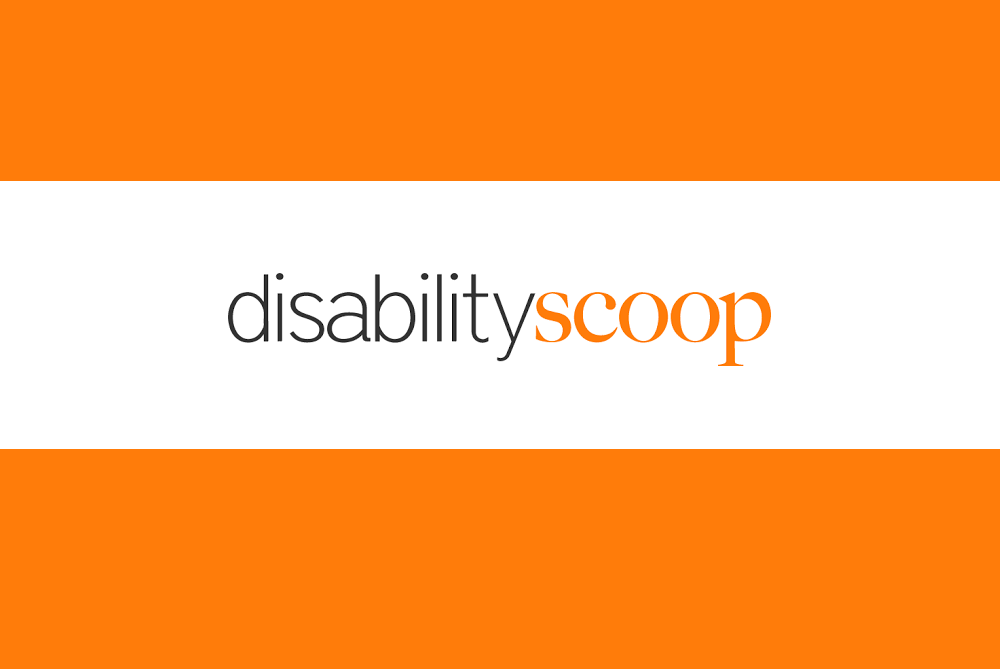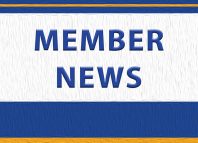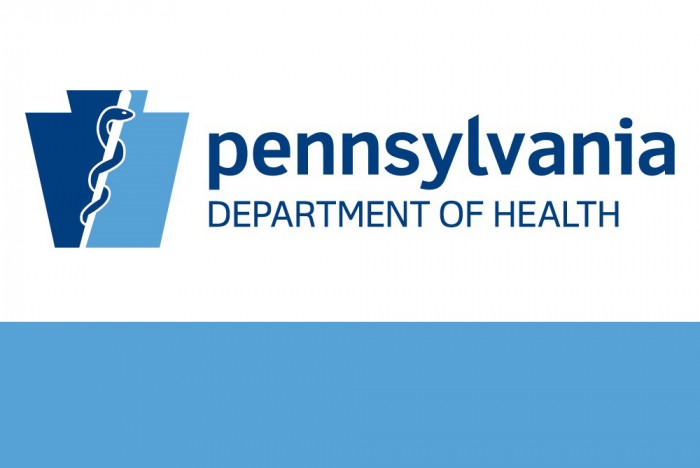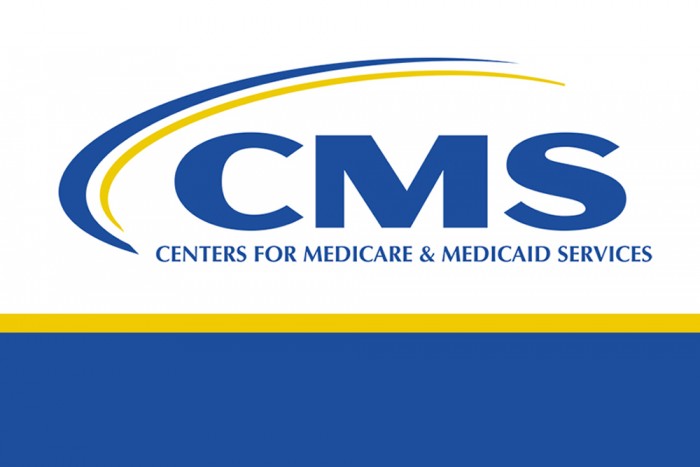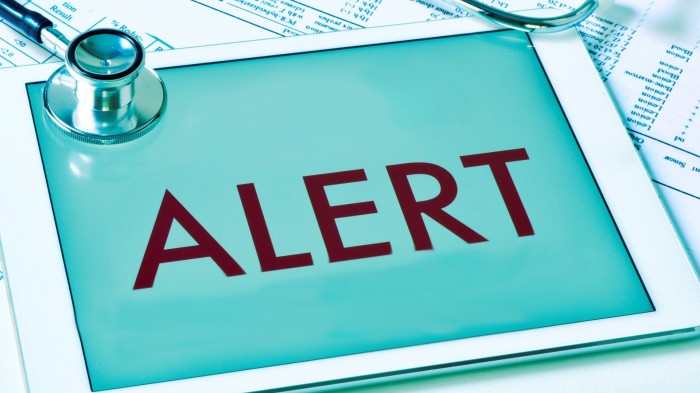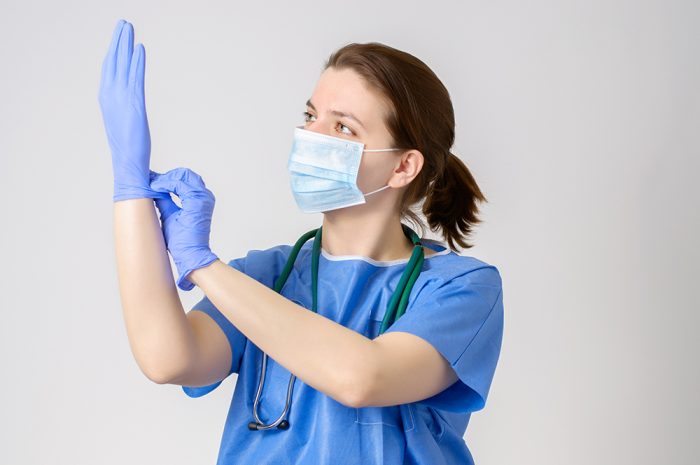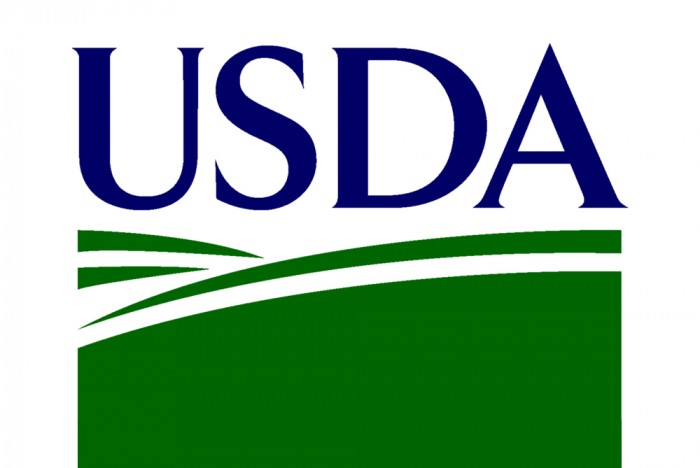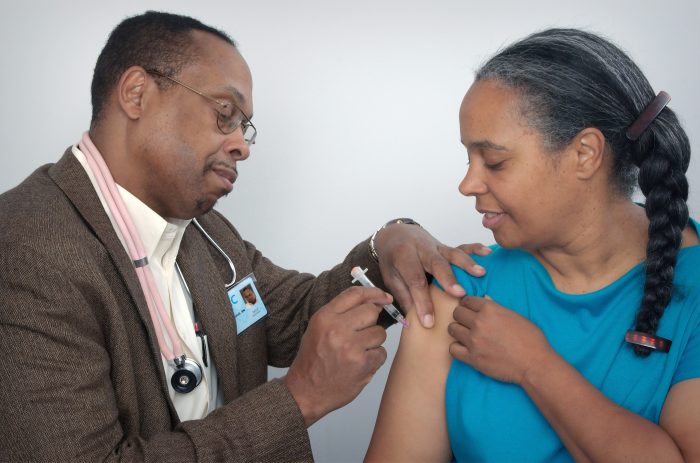Department of Health Announces New App: COVID Alert PA
The Pennsylvania Department of Health, along with Apple and Google, has launched an exposure notification app called COVID Alert PA. It is available to download for free at the Apple App Store and Google Play Store.
The app is an effective tool, but the commonwealth needs your help getting it in the hands of Pennsylvanians. We need help getting the word out – and downloads up.
Can you help us? We have an extensive catalog of marketing materials, including posters, social media posts, press releases, and other customizable content. You can find downloadable marketing materials on the Community Resources webpage.
COVID Alert PA is a free mobile app that uses Bluetooth Low Energy (BLE) technology and the Exposure Notification System developed by Apple and Google. Features include:
- Interactive COVID-19 symptom checker;
- Opt-in for alerts concerning potential exposure to the virus;
- Updates on the latest public health data about COVID -19; and
- Language options available in English, Spanish, German, and traditional Chinese.
COVID Alert PA protects both privacy and personal information. The app does not use GPS, location services, or any movement or geographical information. It will never collect, transmit, or store personal information. It is completely anonymous.
Thank you in advance for helping to get the word out to your employees, customers, family, friends, and neighbors.
Thank you for your support!
Physician Fee Schedule Final Rule Includes Permanent Expansion of Telehealth Services
The Centers for Medicare and Medicaid Services (CMS) released the calendar year (CY) 2021 Medicare Physician Fee Schedule (MPFS) final rule. The final rule delivers on President Trump’s recent Executive Order on Improving Rural Health and Telehealth Access by adding more than 60 services to the Medicare telehealth list that will continue to be covered beyond the end of the public health emergency (PHE). This equates to Medicare beneficiaries in rural areas having more convenient access to health care.
Other provisions included in the final rule include:
Payment for Office/Outpatient Evaluation and Management (E/M) and Comparable Visits
In this final rule, CMS continues to prioritize this investment in primary care and chronic disease management by increasing the value of many services that are similar to E/M office visits such as maternity care bundles, emergency department visits, end-stage renal disease (ESRD) capitated payment bundles, and physical and occupational therapy evaluation services. These adjustments ensure that CMS is appropriately recognizing the kind of care where clinicians need to spend more face-to-face time with patients. In addition to the increase in payment for E/M office visits, simplified coding and documentation changes for Medicare billing for these visits will go into effect beginning on January 1, 2021. The changes modernize documentation and coding guidelines, which will significantly reduce the burden of documentation for all clinicians, giving them greater discretion to choose the visit level based on either guidelines for medical decision-making (the process by which a clinician formulates a course of treatment based on a patient’s information such as through performing a physical exam, reviewing history, or conducting tests) or time dedicated to patients. These changes are expected to reduce administrative burden so that clinicians can spend more time with their patients.
Professional Scope of Practice and Supervision
The final rule makes permanent several workforce flexibilities provided during the COVID-19 PHE that allow non-physician practitioners (NPP) to provide the care they were trained and licensed to provide without imposing additional restrictions by the Medicare program. The following changes have been finalized:
- Certain non-physician practitioners such as nurse practitioners and physician assistants can supervise the performance of diagnostic tests within their scope of practice and state law as long as they maintain required statutory relationships with supervising or collaborating physicians.
- Physical and occupational therapists will be able to delegate “maintenance therapy” – the ongoing care after a therapy program is established – to a therapy assistant.
- Physical and occupational therapists, speech-language pathologists, and other clinicians who directly bill Medicare can review and verify, rather than re-document, information already entered into a patient’s medical record by other members of the clinical team. As a result, practitioners have the flexibility to delegate certain types of care, reduce duplicative documentation, and supervise certain services they could not before, increasing access to care for Medicare beneficiaries.
Additionally, CMS announced a commissioned study of its telehealth flexibilities provided during the COVID-19 PHE. The study will explore new opportunities for services where telehealth and virtual care supervision and remote monitoring can be used to more efficiently bring care to patients and enhance program integrity, whether they are being treated in the hospital or at home.
CMS has also issued, for additional information, a Physician Fee Schedule Final Rule fact sheet, a Quality Payment Program Final Rule fact sheet and frequently asked questions (FAQs), and a Medicare Diabetes Prevention Program fact sheet.
Updated Guidance Issued on COVID-19 for PCHs, Assisted Living Residences, and ICFs
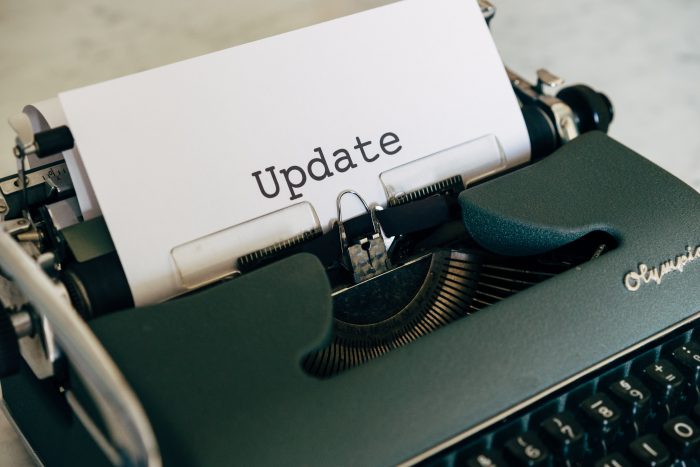
An updated guidance on COVID-19 was issued for personal care homes, assisted living residences, and private intermediate care facilities (ICFs). The updates within the original guidance (dated November 25, 2020) are identified in red.
Wolf Administration Reinforces Need For Those With Positive Result To Participate In Contact Tracing
ANCOR Members Exclusive Deal on PPE
CMS Plans Special Open-Door Forum on Physician Self-Referral Law
The Centers for Medicare and Medicaid Services (CMS) has planned a special open-door forum to discuss the final rule that was released on November 20, 2020. This final rule clarified the regulations that interpret the federal physician self-referral law (known as the Stark Law). It supports CMS’s “Patients Over Paperwork” initiative by reducing unnecessary regulatory burdens on physicians and other health care providers. It also reinforces the Stark Law’s goal of protecting patients from unnecessary services and the practice of being led to less convenient, lower quality, or more expensive services because of a physician’s financial self-interest. This final rule will be published in the December 2, 2020 Federal Register.
Agenda topics for this special call include:
- Exceptions that Facilitate the Transition to Value-Based Care Delivery and Payment Arrangements
- New Guidance and Clarifications Related to Key Terminology of the Stark Law
- Flexibilities to Enhance Compliance and Reduce Burden
This open-door forum will be held on December 2, 2020 from 2:00 pm – 3:00 pm Eastern Time. To participate, use the information below:
Dial-In Number: 1-888-455-1397
Participant Passcode ID #: 2037400
A transcript and audio recording of this open-door forum will be posted to the Podcast and Transcripts webpage.
USDA Launches AskUSDA and Improves and Streamlines Customer Experience
Washington, DC * November 18, 2020 – Today the US Department of Agriculture (USDA) announced the official launch of the AskUSDA Contact Center program. The AskUSDA Contact Center will serve as the “one front door” for phone, chat, and web inquires. It will transform how the public interacts with USDA and provide an enhanced experience for the public.
Prior to the creation and implementation of AskUSDA, members of the public had to navigate dozens of phone numbers and had no chat function or online platform for self-service. This situation created frustrations and inefficiencies. AskUSDA was created to make USDA more responsive to the public by providing a single destination for phone, chat, and web inquiries. Whether it’s talking to a USDA representative via phone, chatting with a live agent on our website, or communicating with USDA via email, the public will have streamlined access.
The launch of AskUSDA delivers a centralized contact center that offers customer service and consistent information for the public. With over 29 agencies and offices, USDA’s mission impacts every single person in the US and hundreds of millions around the globe. AskUSDA assures that farmers, researchers, travelers, parents, and more have efficient access to the information and resources that they need.
AskUSDA is set up to handle common questions across programs that service a variety of audiences. For example, customers who may have basic questions about USDA’s nutrition services can be assisted via phone, email, and web chat by trained AskUSDA representatives. Meanwhile, customers who may have complicated questions about loan programs can be quickly connected to agency experts. AskUSDA also hosts over 5,000 articles for a self-service option to help with more common questions such as food safety inquiries or pet-travel guidance.
Over the course of its pilot program, AskUSDA successfully assisted with over 93,000 citizen inquiries, and the AskUSDA website received over 1.4 million knowledge article page views. USDA looks forward to continuing to implement this enhanced best-in-class contact center across the department.
The public can contact AskUSDA by phone at (833) ONE-USDA. Representatives are available from 9:00 am – 5:30 pm Eastern Standard Time (EST) on weekdays. The website is available 24/7 and includes live chat agents who are available from 10:00 am – 6:00 pm EST on weekdays. Inquiries can also be sent via email at any time.
Department Of Health To Distribute New COVID-19 Therapy To Healthcare Systems Across The Commonwealth
